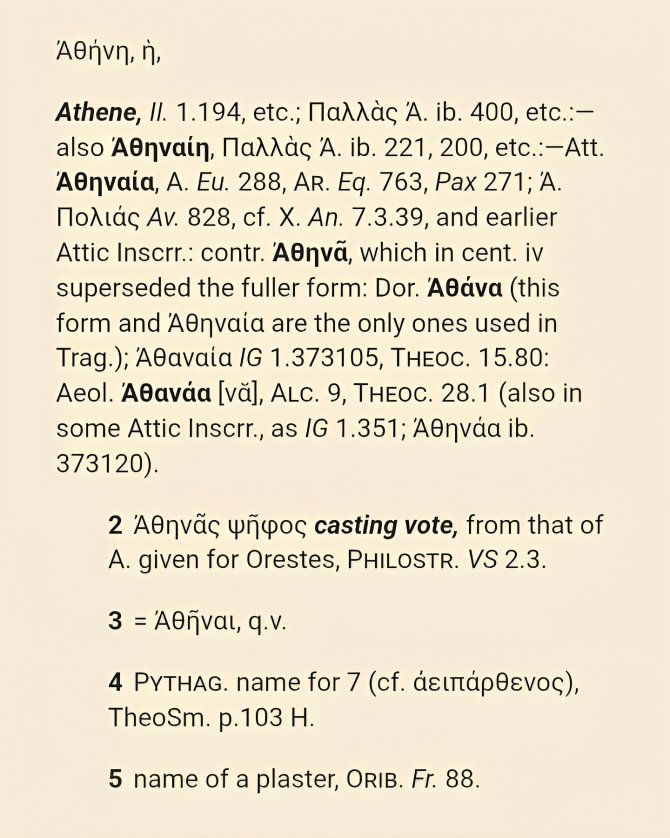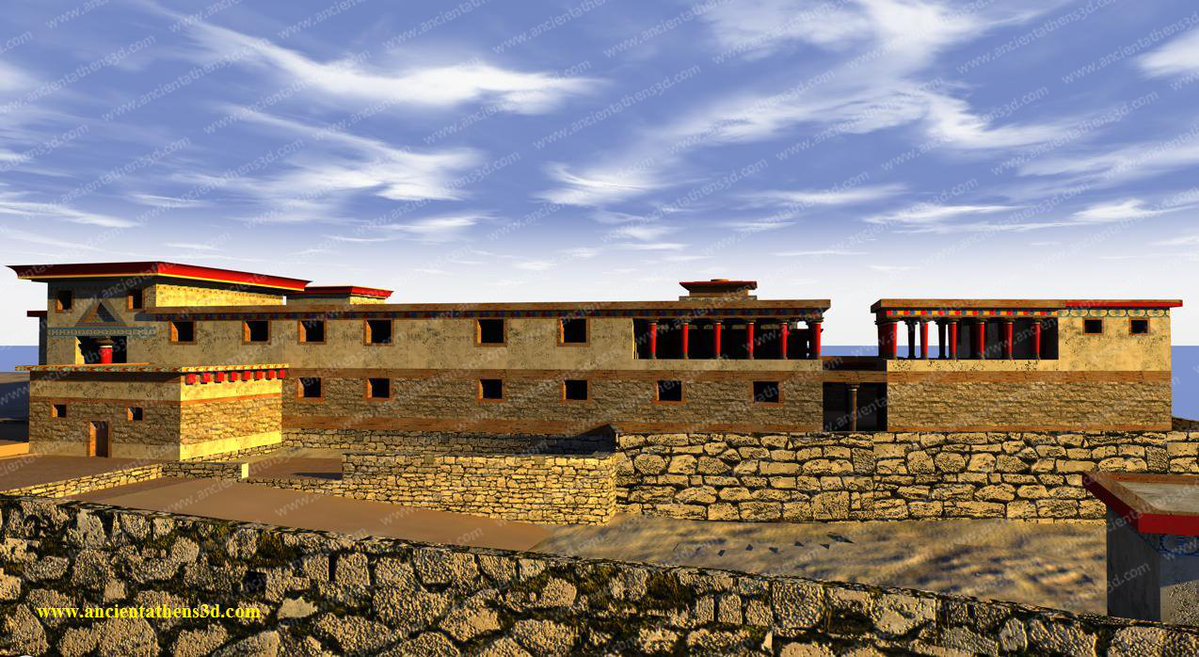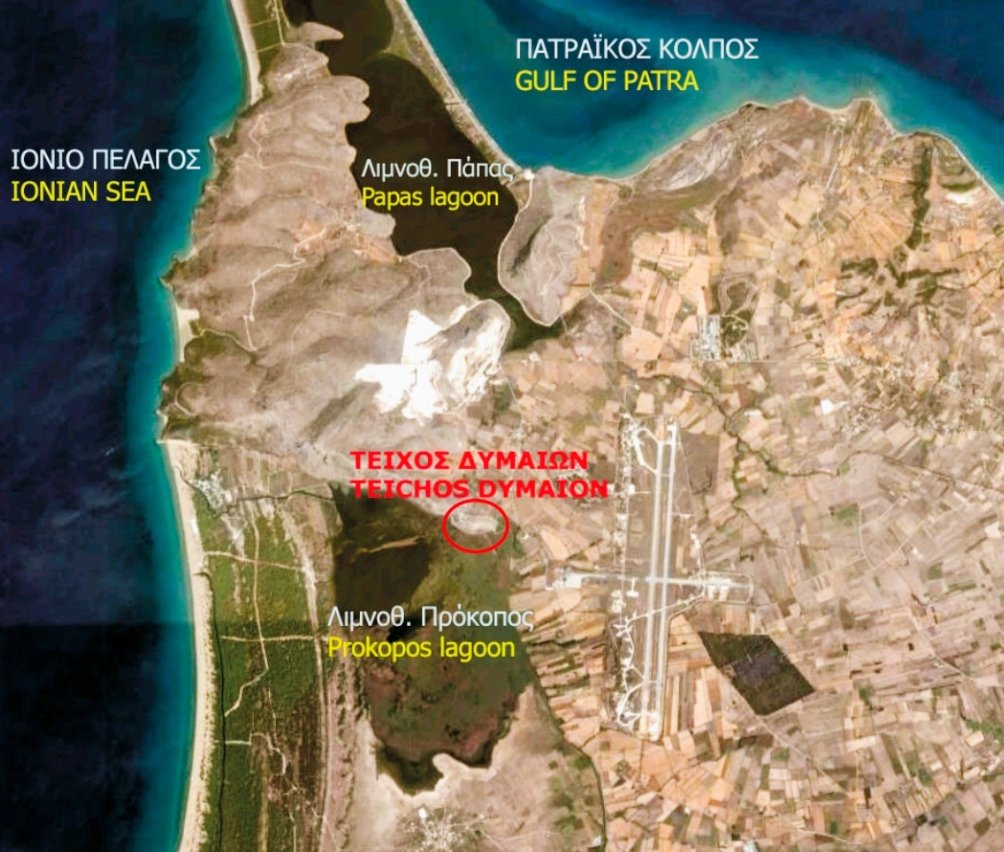Early Aegean Longboats.
(mid-5th / beginning of 3th millennium BC).
#Longboat #Aegean #Cyclades #Strofilas #Vathi
(mid-5th / beginning of 3th millennium BC).
#Longboat #Aegean #Cyclades #Strofilas #Vathi

1.Until recently, it was widely believed that the beginning of shipping in the Cyclades took place during the EC II period (2800-2200BC),according to the recovery of various clay, stone and lead models of ships found in burials ensembles, as well as from depictions on frying pans 



2. However, the rock carvings from Strofilas and Vathi demonstrated a strongly nautical orientation of the Cycladic islanders as early as the Final Neolithic (mid-5th millennium BC), identifying the appearance of navigation in the Cyclades 1500 years earlier. 



3. An important role in the maritime progress of the islanders was played by the early appearance of a new type of ship, the so-called longboat. Until then the islanders voyaged to short or medium distances using small rafts made of papyrus or tree trunks. 

4. Their sea voyages were mainly characterized by sailing along the coastline and having visual contact with their next destination. Basic requirements were the mild climate and clear atmosphere for long periods of the year. ➡️ 

➡️ The islanders thus had a close connection with Attica, the Saronic Islands, Southern Euboea and NE Peloponnese, but no further. 

5. The appearance of the longboat changed this tactic and contributed to the sailing in the open sea and the long distance voyages. According to the rock carvings from Strofila and Vathi, the early longboats,➡️ 

➡️ being long enough to accommodate several oarsmen and with an excellent aerodynamic design, having a raised stern and imparting sufficient stability, achieved to go out into the open seas and exploiting the sea currents to reach in distant ports. 

6. It is alleged that the longboats were either dugout or planked, or built with a combination of these two techniques, with a length of about 15-30 meters. They had a relatively flat hull, low bow and high stern. They had to be paddled when they did not follow the sea currents. 

7.A longboat to have been seaworthy and make a long voyage it should have had at least around 25 oarsmen,which shows that the early navigational ventures were a collective effort that involved several men of a community and even being away from their families for a very long time 

8. At the same time,however,the construction of a flotilla of longboats required a robust community with a strong hierarchy,a dedication to the realization of a collective purpose and a willingness to channel productive and human resources towards the execution of this purpose.➡️ 

9. It is quite possible that the trading flotillas depicted in the early rock carvings to testify a cooperative enterprise of more than two island communities. ➡️ 

➡️ The sharing of the cost of such a large undertaking, the better trade penetration of foreign ports and the safer movement of the flotilla in inhospitable distant seas which pregnanted with potential pirate attacks, were the main reasons for an intercommunal effort. 

10. The rock carvings at Vathi depicting ships together with daggers may testify that the crews of the longboats during their long voyages or some part of them were equipped with individual weapons and were tasked with the confrontation of hostile actions against them. 

• • •
Missing some Tweet in this thread? You can try to
force a refresh























